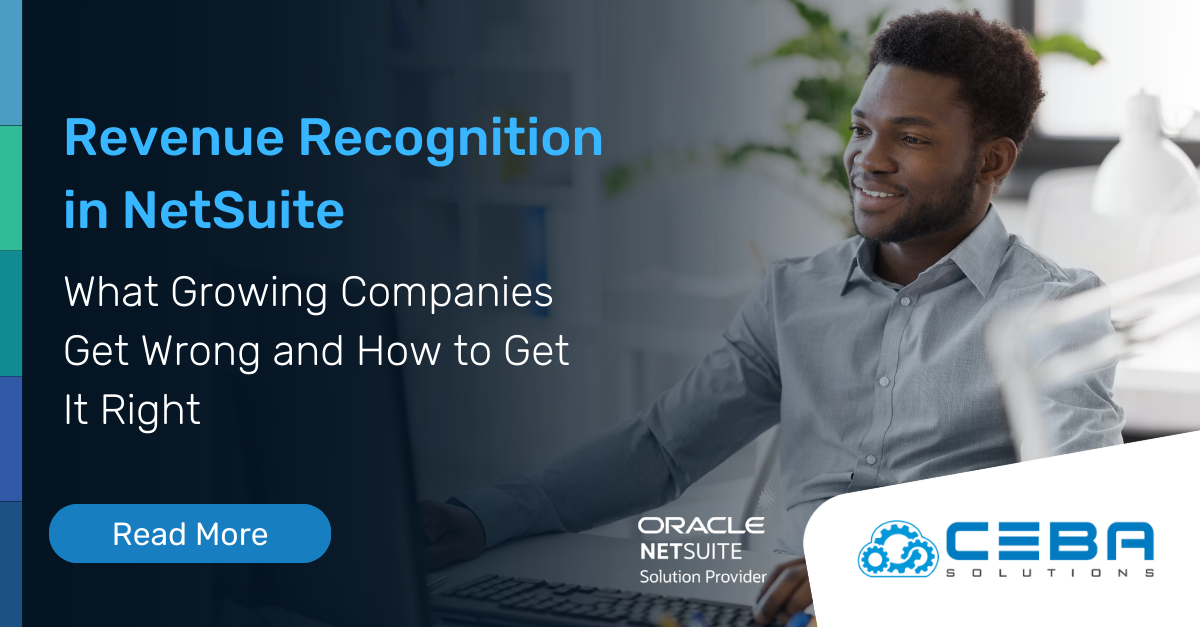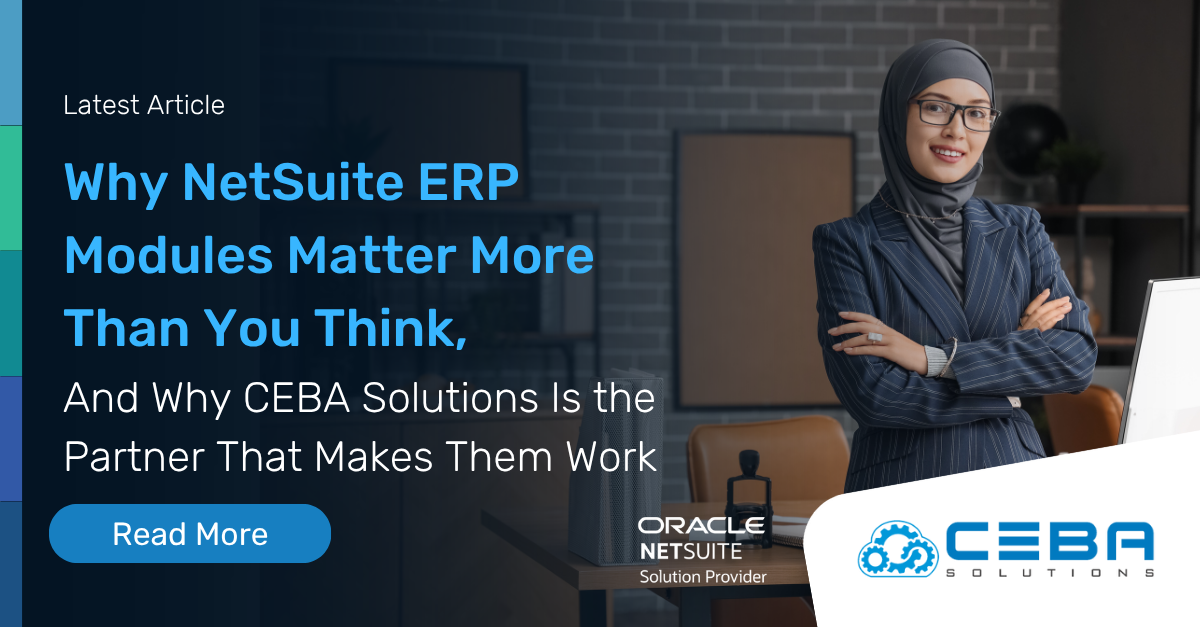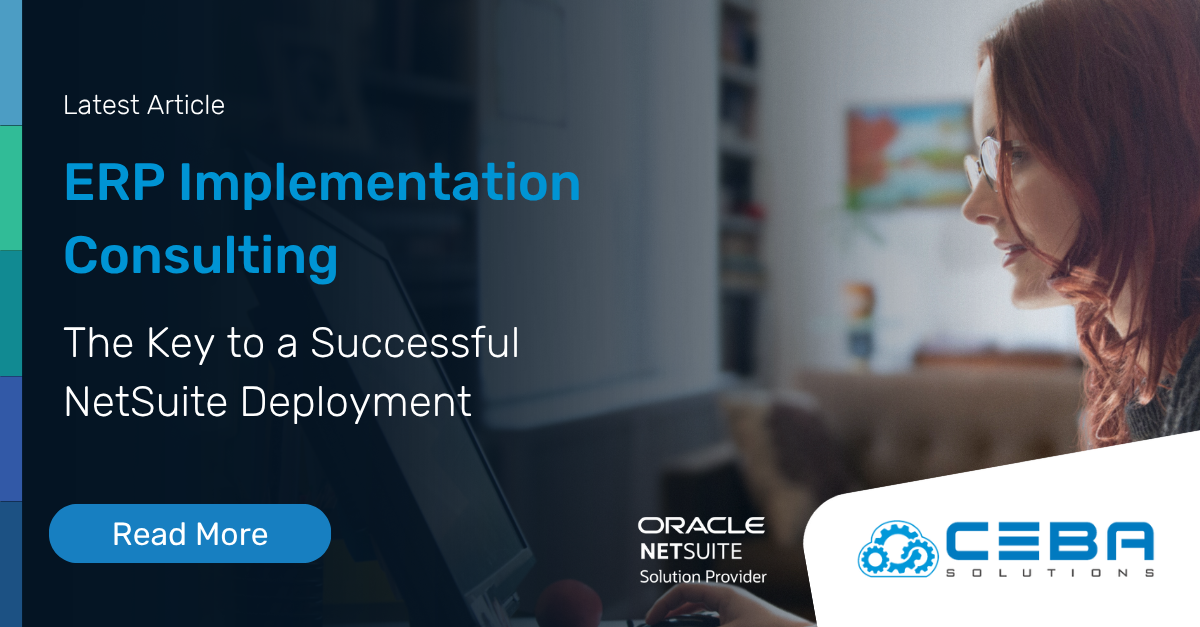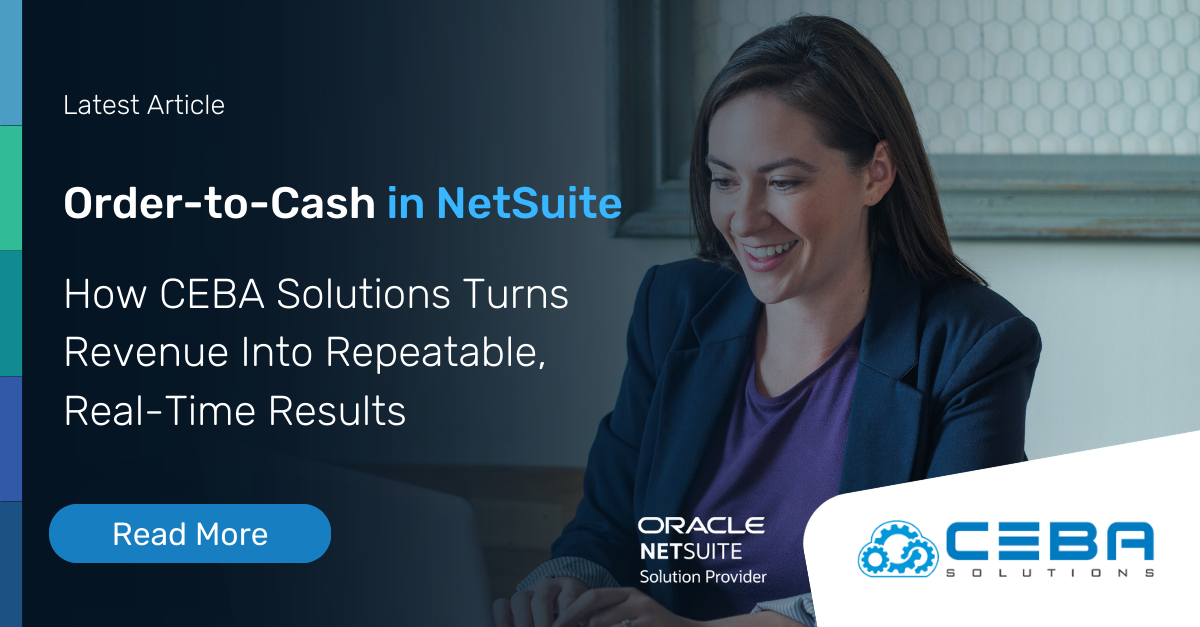
5 ERP Implementation Mistakes to Avoid
5 ERP Implementation Mistakes to Avoid
Implementing a new ERP system can be one of the most challenging tasks for any growing organization. With so many moving parts, it’s easy to make a mistake that could jeopardize the entire project. Here are five of the most common ERP implementation mistakes and how to avoid them:
Like any technology implementation, enterprise resource planning (ERP) solutions can present an array of challenges for organizations that are adopting and using them. And unlike point solutions that may touch just some parts of a company’s operations, ERP’s all-encompassing nature means it can run—and, impact—nearly all corners of an operation.
For this and other reasons, it’s important to understand some of the key missteps that companies tend to make when implementing ERP—and how to avoid them.
Here are 12 key missteps that all companies should work to avoid on the path to a successful enterprise resource planning implementation.

Not Defining Business Processes
One of the most common mistakes made during ERP implementations is failing to properly document and define business processes. This can cause a host of problems down the road, including data integrity issues, process inefficiencies, and user frustration.
To avoid this mistake, take the time upfront to map out all business processes that will be touched by the ERP system. This will help ensure that the system is configured properly from the start and that everyone involved understands how the system is supposed to work.
Not Getting Buy-In From Key Stakeholders
Another common mistake is failing to get buy-in from key stakeholders, such as upper management, department heads, and end users. Without this buy-in, it will be difficult to get everyone on board with using the new system, which can lead to a host of problems, including a lack of user adoption and resistance to change.
To avoid this mistake, make sure to involve all key stakeholders in the ERP selection and implementation process. This will help ensure that they understand the system and have a vested interest in its success.

Download the Ultimate Guide to Oracle NetSuite
Learn why NetSuite is the #1 Cloud ERP for Small and Mid Size Businesses Focused on Unlocking Growth. Download the Guide
Not Planning for Change
Change is inevitable, especially in the business world. And while ERP systems are designed to be flexible and accommodate change, they can’t do so if they’re not properly configured.
To avoid this mistake, make sure to plan for change from the start. This means configuring the system to accommodate future growth and changes in business processes. It also means creating a governance framework to manage and control changes to the system.
Not Selecting an ERP That’s Been Tested in Your Industry
Ask around and find out what other companies in your industry and of a similar size and structure are using before you buy. This is important because the ERP vendor may say that the solution meets your needs, but getting that information right from a current customer’s mouth is much more believable and useful. The ERP itself needn’t be built for your industry, but it should be able to flex, conform to and support it. If it doesn’t, keep looking.
Working With the Wrong Implementation Partner
An implementation partner like CEBA Solutions will serve as your guiding light throughout the ERP implementation process, the go live and the post-go live phases. When selecting your partner, look for one that has experience in your industry, can produce a list of referrals, knows what can go wrong with an implementation (and how to avoid or fix those issues quickly), and provides the customizations, integrations and best practices you need to get your ERP implementation over the finish line (and beyond).
Over-Customizing Your New ERP
Cloud-based ERPs like NetSuite offer a full range of functionalities out of the box, so talk to your implementation partner before diving into too many customizations or company-specific requirements. In many cases, CEBA can suggest native NetSuite functionalities that will suit your needs perfectly, and without the added time or expense of customizations. Too many customizations can also create issues after implementation. For example, upgrades may be difficult and/or expensive to manage since the computer code will have to be rewritten to support newer software versions.
Business Needs and Operational Goals Not Aligned

The main benefit of implementing an ERP is typically around automation and governance, making it easy to overlook the value of identifying alignment with business needs and operational goals. “Take the time to gather requirements across departments and identify critical versus future-state,” BigCommerce’s Chris Shalchi points out in Forbes. “The critical reflects your current process while future-state requires change management policy to allow innovation.”
No Gaining Executive Buy-in
Without the commitment of business leaders, no one else in the organization will be committed either. That’s because executive management has the power to allocate resources to the ERP project and also reallocate those resources - including people - as conditions change. “ERP implementation is an enterprise wide task,” ERP Focus points out. “It cannot be seen as information services or manufacturing only so executives from all departments must commit to the use of every needed resource.”
Not Testing Thoroughly
Testing is another critical part of a successful ERP implementation that is often overlooked. It’s important to test the system thoroughly before going live to ensure that it works as intended and that all users are properly trained on how to use it.
To avoid this mistake, create a comprehensive testing plan that includes both functional and user acceptance testing. This will help ensure that the system is ready for go-live and that users are prepared to use it effectively.
Going Live Too Soon
One of the most common—and costly—mistakes made during ERP implementations is going live before the system is ready. This can lead to a host of problems, including data integrity issues, process inefficiencies, and user frustration.
To avoid this mistake, make sure all business processes are properly documented and tested before going live.
Additionally, take the time to train all users on how to use the system and make sure they understand the new process flow. Finally, establish a clear cut-off date for when the old system will be shut down and the new system will go live. This will help ensure a smooth transition and avoid any disruptions in business operations.
Not Having a Post-Go Live Plan
Once an ERP implementation is complete, it’s important to have a plan in place for post-go live support. This plan should include ongoing training and user support, as well as continuous monitoring of the system to identify and resolve any issues that may arise.
Working with an experienced implementation partner like CEBA Solutions can help you avoid these mistakes and ensure a successful ERP implementation. CEBA Solutions has over 15 years of experience implementing NetSuite and other leading ERP systems, so we can help you avoid these common pitfalls and ensure a successful implementation.
Not Starting with a Roadmap
The most successful ERP implementations are designed for specific operations, so start by making a detailed map that includes all of your implementation goals. Then, use this roadmap to guide your successful implementation—from initial partner selection to go-live and beyond.
CEBA Solutions is a long-time Oracle NetSuite Solution Partner that can help your company select, implement and optimize its ERP system and other solutions. We’ll provide as much - or, as little - guidance as you require throughout the process, post go-live and throughout the life of your ERP.
In Summary
There are a number of common mistakes that can be made during an ERP implementation. To avoid these mistakes, it’s important to have a clear roadmap, test thoroughly, involve all stakeholders, and establish a post-go live plan. Working with an experienced partner like CEBA Solutions can help you navigate the implementation process and avoid these common pitfalls.
To learn more about how we can help you select, implement and optimize your ERP system, contact us today.









